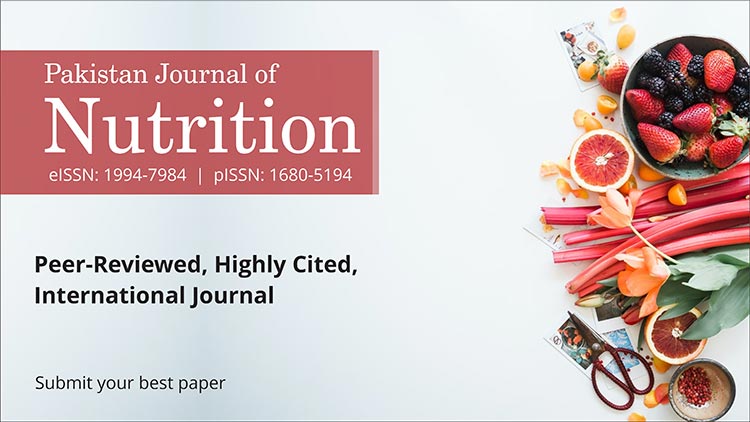Humans are eating eggs for thousands of years and these eggs are laid by female animals of different species, including birds, amphibians, reptiles, a few mammals, and fish. Bird and reptile eggs consist of a protective eggshell, vitellus (egg yolk), and albumen (egg white). Among these eggs, the most commonly consumed eggs are chicken eggs. Other poultry eggs including those of quail and duck are also eaten. Fish eggs are called caviar and roe. Egg yolks and whole eggs contain significant amounts of choline and protein and are widely used in cookery. Despite the beneficial value of eggs, there are some probable health issues arising from cholesterol content, salmonella contamination, and allergy to egg proteins.
In the Philippines, eggs are generally consumed as protein-rich food with a per capita consumption of 5.78 kg in 2018. Chicken eggs categorized at number 07 among the 30 commonly consumed food items in the Philippines.
Egg consumption also ranked 5th and 12th among the rich and poorest households respectively (Philippine Dietary Survey, 2015). According to Philippine Statistics Authority (2019), Chicken egg production was 533.91 thousand metric tons in 2018, i.e., 84.02% were produced by commercial layer farms and 15.98% from native chickens and their upgrades in backyard farms.

In the grading process defined by American Egg Board (2012), eggs are inspected for interior quality includes the condition of the white and yolk and size of the air cell along with exterior quality consist of cleanliness and soundness of the shell at the time when eggs are packed. Eggs are then sorted according to weight based on the average weight per dozen. Awkwardly, eggs produced by local breeds are not meeting the standard egg grading and size classification system used by some commercial layer farms. Therefore, basic information on egg characteristics will be required not only to support the proper management and improvement of native chickens but also to understand their implications on human health and nutrition in rural areas.
International Journal of Poultry Sciences published research of Bondoc et al. (2021) to evaluate the size, shape, external and internal and quality of chicken eggs which were classified using the standard egg grading (based on albumen quality or Haugh Unit) and size classification system. The researchers compared the egg characteristics from four native chicken breeds (Joloano, Banabang Kalabaw, Paraoakan, and Palawan Lasak) with other adapted egg-type, meat-type, dual-purpose and fancy-type breeds in the Philippines. The results indicated that the weight of yolk, albumen, and the shell was lower than the bigger eggs from adapted meat-type, egg-type, and dual-purpose chicken breeds. The size sorting system based on egg weight provides valuable information not only for consumers and egg producers but also for profiling breed characteristics in conservation and genetic improvement studies. They further elaborated that egg weight was not related to the egg grading system based on Haugh Unit values.
















Add comment